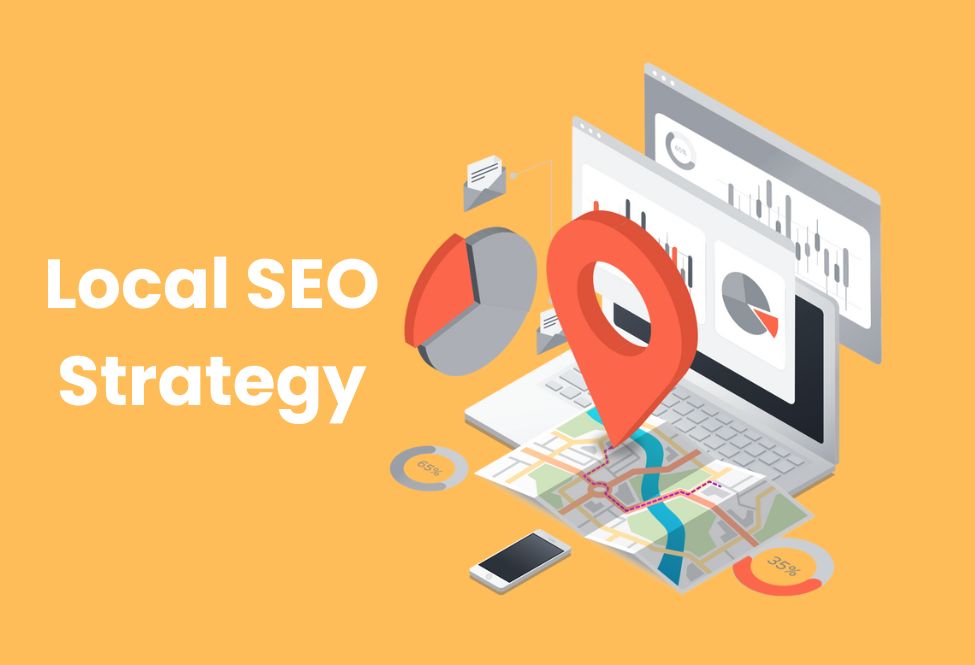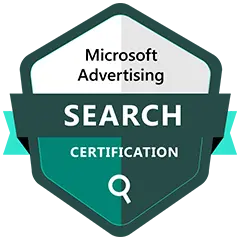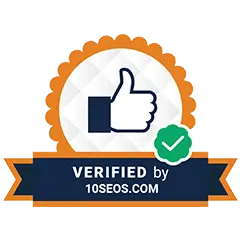Local SEO (Search Engine Optimization) is a digital marketing strategy that helps businesses optimize their online presence to appear in relevant search results for their local area. The primary goal of local SEO is to increase a business’s visibility in local search results on search engines like Google, Bing, and Yahoo.
A local SEO strategy combines on-page, off-page, and technical optimization to improve a business’s online visibility. It includes optimizing the website’s content, title tags, meta descriptions, and headers with relevant keywords, building local citations and backlinks, and optimizing the website’s technical SEO elements such as its loading speed, mobile-friendliness, and schema markup.
Local SEO is essential for small and local businesses, especially those that rely on local customers. It helps companies to improve their online visibility and reach potential customers in their local area.
By ranking higher in local search results, businesses can attract more website traffic, increase brand awareness, and generate more leads and sales.
Moreover, local SEO can help businesses establish credibility and authority within their local community, which is particularly important for service-based businesses like restaurants, medical clinics, and law firms. By appearing at the top of search results, companies can demonstrate their expertise, reliability, and trustworthiness to potential customers.
In conclusion, a local SEO strategy can help businesses improve online visibility, attract more customers, and establish credibility within their local community. It is a crucial aspect of digital marketing that small and local businesses should consider sensibly.
How to Outrank Your Competition with Local SEO Strategy?
Ranking above your competition in local search results can be achieved through effective local SEO strategies.
Here are some steps to help you outrank your competition in local search:
Optimize Your Google Business Profile: Google Business Profile (previously known as Google My Business) is a free tool that allows businesses to manage their online presence across Google, including search and maps. By creating a Google Business Profile, you can provide potential customers with important information about your business, such as your location, hours of operation, phone number, and website.
This information can appear in Google search results, Google Maps, and Google My Business listings, making it easier for customers to find and contact your business.
Additionally, a Google Business Profile allows you to manage your online reputation by responding to customer reviews and updating your business information as needed. Ensure your business information is complete, accurate, and consistent across all platforms.
Build Citations and Local Listings: Citations mention your business name, address, and phone number (NAP) on other websites. Building citations on high-authority local directories and platforms can help boost your local SEO rankings.
Building local citations and listings is essential to a local SEO strategy. Citations mention a business’s name, address, and phone number (NAP) on other websites, while local listings are online directories where companies can list their NAP information.
By ensuring NAP consistency, filling out your profile completely, getting customer reviews, building backlinks, and monitoring and updating your listings, you can improve your local search rankings and attract more customers to your business.
Get Online Reviews: Getting online reviews is an essential part of a comprehensive digital marketing strategy. Reviews from satisfied customers can boost your online visibility and help increase your local SEO rankings.
Encourage customers to leave reviews on Google My Business, Yelp, and other relevant platforms. Positive reviews can provide social proof, improve search engine rankings, provide valuable feedback, increase conversion rates, and help manage your business’s reputation. You can ask your customers to leave a review on your business’s Google My Business page, Yelp, or other relevant review sites to get online reviews. You can also provide incentives for leaving a review, such as a discount or a gift.
Read More: Best local marketing strategies for local businesses
Use Location-specific Keywords: Use location-specific keywords, titles, meta descriptions, and tags in your website content. It will help your website appear higher for relevant local searches.
Location-specific keywords are essential for local SEO because they help search engines understand the location of your business and match it with relevant search queries from potential customers in your local area.
Here’s an example of how to use location-specific keywords in local SEO:
Let’s say you run a pizza restaurant in New York City. You want to ensure that your business appears in local search results when people search for pizza restaurants in New York City. You would use location-specific keywords in your website’s content and other online platforms to do this.
Here are some examples of location-specific keywords you could use:
- “Pizza restaurant in New York City”
- “Best pizza in NYC”
- “NYC pizza delivery”
- “New York City pizza toppings”
- “Pizza by the slice in New York”
You would incorporate these keywords into your website’s content, including the homepage, About Us page, and menu page. For example, on your homepage, you could write:
“Welcome to our New York City pizza restaurant! We serve the best pizza in NYC, made with the freshest ingredients, and baked in our traditional brick oven. Our pizza delivery service brings our delicious pies right to your doorstep. Come visit us for a slice of the best pizza in New York City!“
In addition to your website’s content, you can use location-specific keywords in your Google My Business profile, social media profiles, and local directories. For example, your Google My Business profile could include a description that contains the keywords “pizza restaurant in New York City” and “NYC pizza delivery.“
Using location-specific keywords in your website’s content and other online platforms can increase your visibility in local search results and attract more customers to your pizza restaurant in New York City.
Create Local Content: Create content relevant to your local audiences, such as local news, events, and attractions. It will help build local relevance and authority for your website.
Use Structured Data Markup: Structured data markup helps search engines understand the context of your content. Using schema markup can help improve your search visibility and increase click-through rates.
Don’t forget Mobile Users: With most local searches being done on mobile devices, optimizing your website for mobile is crucial. Make sure your website is mobile-friendly and has a fast-loading time.
Businesses should remember mobile users because mobile devices have become many people’s primary internet access. Mobile devices account for over half of all internet traffic worldwide.
By optimizing your online presence for mobile devices, you can reach a broader audience, improve the user experience, improve local SEO, and increase revenue. It means that if a business doesn’t optimize its online presence for mobile users, it risks losing out on potential customers and revenue.
Also Read: Mobile-first website accessibility
Embedded Map on Your Website: Embedding a map on your website can have several benefits, including:
- Improved user experience: An embedded map can help visitors to your website easily locate your business and get directions to your physical location. This can improve the user experience and make visitors more likely to convert to customers.
- Improved local SEO: Embedding a map on your website can improve your local search engine optimization (SEO) efforts. Search engines like Google prioritize businesses with an accurate and up-to-date location on their website, and embedding a map can help ensure your business appears in relevant local search results.
- Increased credibility: An embedded map can increase your business’s credibility and legitimacy, demonstrating that you have a physical location that customers can visit.
- Increased engagement: A visually appealing embedded map can increase engagement on your website, as visitors may spend more time exploring your location and services.
You can use services like Google Maps, Mapbox, or OpenStreetMap to embed a map on your website. These services allow you to customize the map’s appearance, add markers, and provide driving or walking directions to your location.
Once you’ve created the map, you can copy and paste the code provided by the service into your website’s HTML code to display the map.
Conclusion
Outranking your competition with a local SEO strategy can give your business a competitive advantage. Optimizing your website and online presence for local search can increase your visibility to potential customers searching for your products or services in your area. It can lead to higher website traffic, more leads, and, ultimately, more sales.
Overall, a result-driven local SEO strategy can help you grow your business and stay ahead of the competition in today’s increasingly digital landscape. By implementing these local SEO strategies, you can increase your online visibility and outrank your competition in local search results.










